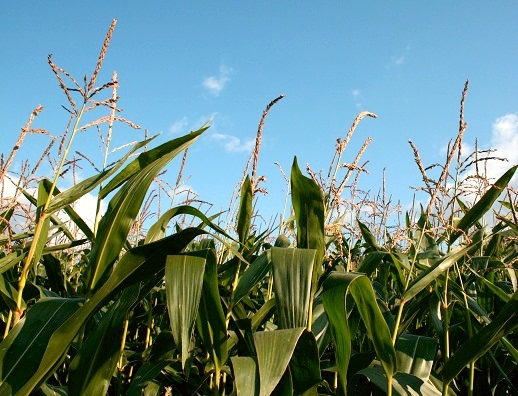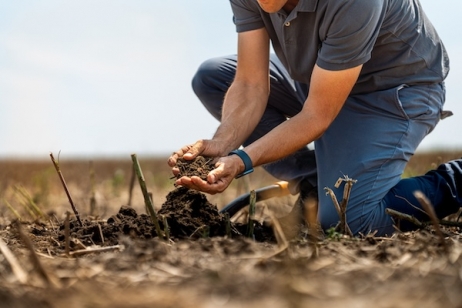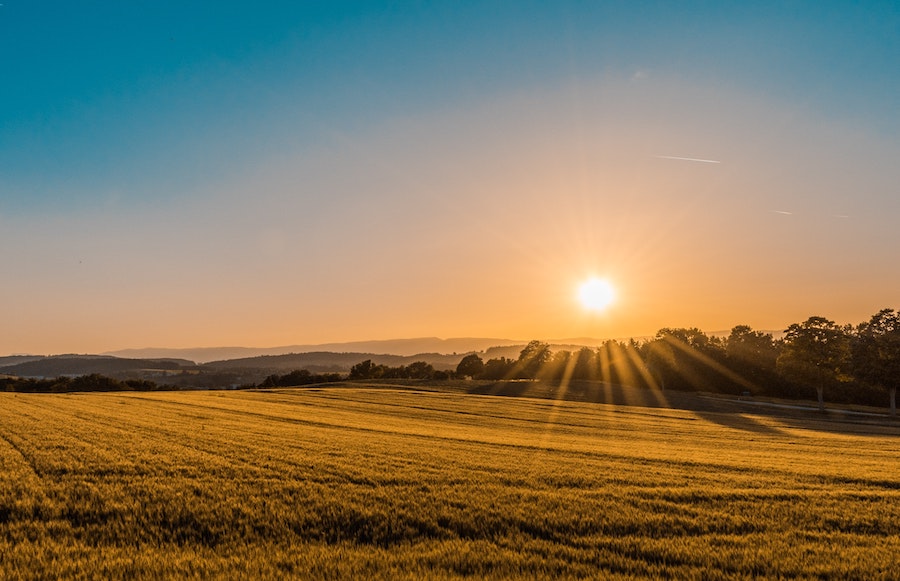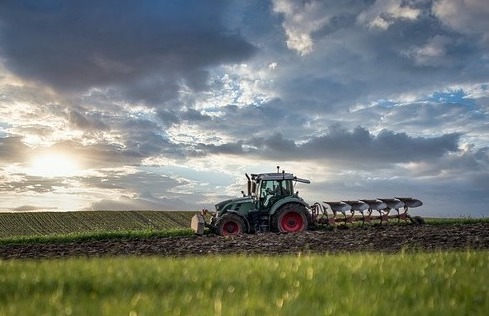The sky is the limit in agriculture. Without a proper irrigation system it remains weather-dependant

Last year’s boost in agricultural production is little likely to occur again, not because the potential lacks, but because Romania’s agriculture is still weather-dependant. The agribusiness sector had a positive impact on the country’s economic growth in 2013, likewise the industry which was the main field fuelling the 3.5 percent advance in the Gross Domestic Product – the agriculture recorded a 1.7 percent contribution to the GDP’s growth rate, translated into a contribution of 6.9 percent to the GDP’s nominal value, according to the data released by the National Institute of Statistics (INS).
This dependency relation was confirmed by Daniel Constantin, Minister of Agriculture, who attended this week a specialized conference by Mediafax: “Crops look good. It would take, indeed, some rainfall in the near future. If what meteorologists said will prove to be true, namely that it will rain in the next period, as well as in May, I believe things will be all right, especially for the autumn harvest, but also for spring sown harvests”.
In terms of agricultural production, Romania registered major growths on all segments – grains, oilseeds, sugar beet, potatoes, vegetables, both considering the sown area and the actual production. Although enhanced by favorable weather conditions, the improved crop yields remained mostly under those reported by the main Member States in the European Union – Bulgaria, Czech Republic, Denmark, France, Germany, Greece, Italy, Latvia, Lithuania, Poland, Spain, Hungary and United Kingdom.
A traditional crop, sunflower, was the sole segment where Romania confirmed the leading position in the sown areas with the highest production in 2013. Still, the sunflower crop yield was lower than in most of the Member States.
For instance, Romania ranked first based on maize acreage, however, occupied the second place, after France, in terms of total maize crop with a yield nearly two times lower, despite an acreage some 40 percent larger, the INS data shows. Wheat harvest that accounts for almost 40 percent of the total cereal sown land recorded one of the lowest yields compared to the previously named countries. While Romania ranked fourth considering the cultivated area, taking into account the production, Romania was the sixth among these 13 countries. A similar situation is visible in the potatoes production – even though in our country there was the third largest cultivated area last year, the crop was one of the poorest, placing Romania the seventh amongst the other states.
Regardless of these negative aspects, since the contribution to the economic development could be found remarkable, the question arising is how much would the agriculture sector impact Romania’s GDP, provided these issues were resolved. According to Daniel Constantin, investments worth 370 million euro could solve within the coming years the major brake to agricultural development: the irrigation infrastructure.
“For rehabilitating the entire irrigation infrastructure we need 370 million euro, money included in the future programme (the National Rural Development Programme). The industry’s associations are ready and I ask them to prepare the related documents and I would like that in a relatively short period, two or three years, we will have already invested in the secondary irrigation infrastructure”, he announced during the same conference, concluding that provided these investments were carried out, Romania’s agriculture would be less dependent on weather and implicitly, on rainfalls, and would enable the industry to focus more on the quantity and quality of the crops.






